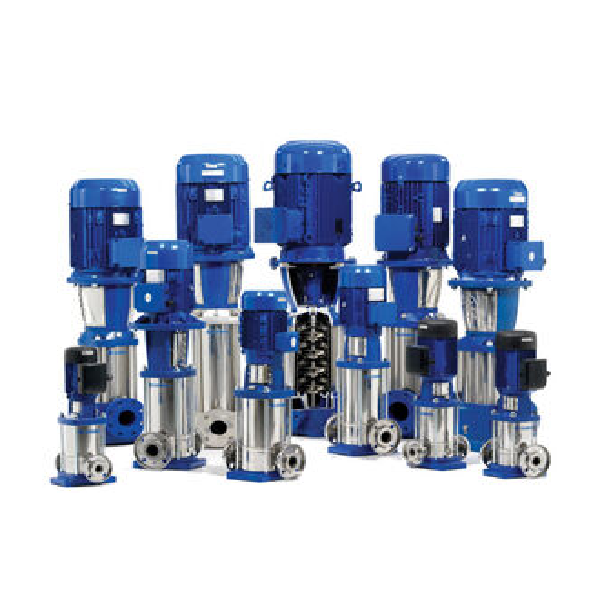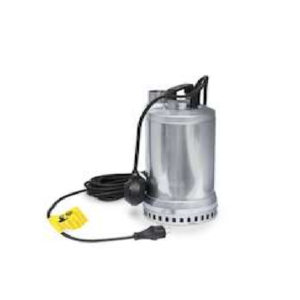Vertical Pumps: A Versatile Solution for Various Applications
Vertical pumps are a type of centrifugal pump designed to be installed vertically. They are widely used in industries such as water supply, wastewater treatment, and manufacturing.
Key Features of Vertical Pumps:
Vertical Orientation: These pumps are designed to be installed vertically, making them suitable for applications with limited space or where a vertical pump is preferred.
Centrifugal Action: They use centrifugal force to move liquids, providing high flow rates and moderate pressure.
Wide Range of Sizes and Capacities: Vertical pumps are available in various sizes and capacities to meet different needs.
Efficiency: Many modern vertical pumps are designed for energy efficiency, reducing operating costs.
Versatility: They can be used in a variety of applications, including water supply, wastewater treatment, and industrial processes.
Types of Vertical Pumps:
Vertical Multistage Pumps: These pumps have multiple impellers arranged vertically, providing higher pressure and flow rates.
Submersible Pumps: These pumps are designed to operate underwater, making them suitable for pumping water from deep wells or reservoirs.
Vertical Inline Pumps: These pumps have a compact design and are often used in applications where space is limited.
Applications of Vertical Pumps:
Water Supply: Pumping water from sources such as reservoirs, lakes, or wells.
Wastewater Treatment: Pumping wastewater for treatment and disposal.
Industrial Processes: Used in various industrial processes, such as chemical processing, manufacturing, and food processing.
Irrigation: Pumping water for agricultural irrigation.
Firefighting: Supplying water for firefighting systems.
Benefits of Using Vertical Pumps:
Efficiency: Vertical pumps are often highly efficient, reducing energy consumption.
Versatility: They can be used in a wide range of applications.
Reliability: Vertical pumps are known for their reliability and durability.
Space-Saving: Their vertical design makes them suitable for applications where space is limited.
Ease of Installation: Many vertical pumps have a modular design, making installation easier.
Choosing the Right Vertical Pump:
When selecting a vertical pump, consider the following factors:
Flow Rate: Determine the required flow rate based on the application.
Head Pressure: Consider the required head pressure, which is the height the pump needs to lift the liquid.
Liquid Properties: Consider the properties of the liquid being pumped, such as viscosity and temperature.
Efficiency: Choose an energy-efficient pump to reduce operating costs.
Installation Requirements: Consider the available space and mounting options for the pump.






Reviews
There are no reviews yet.